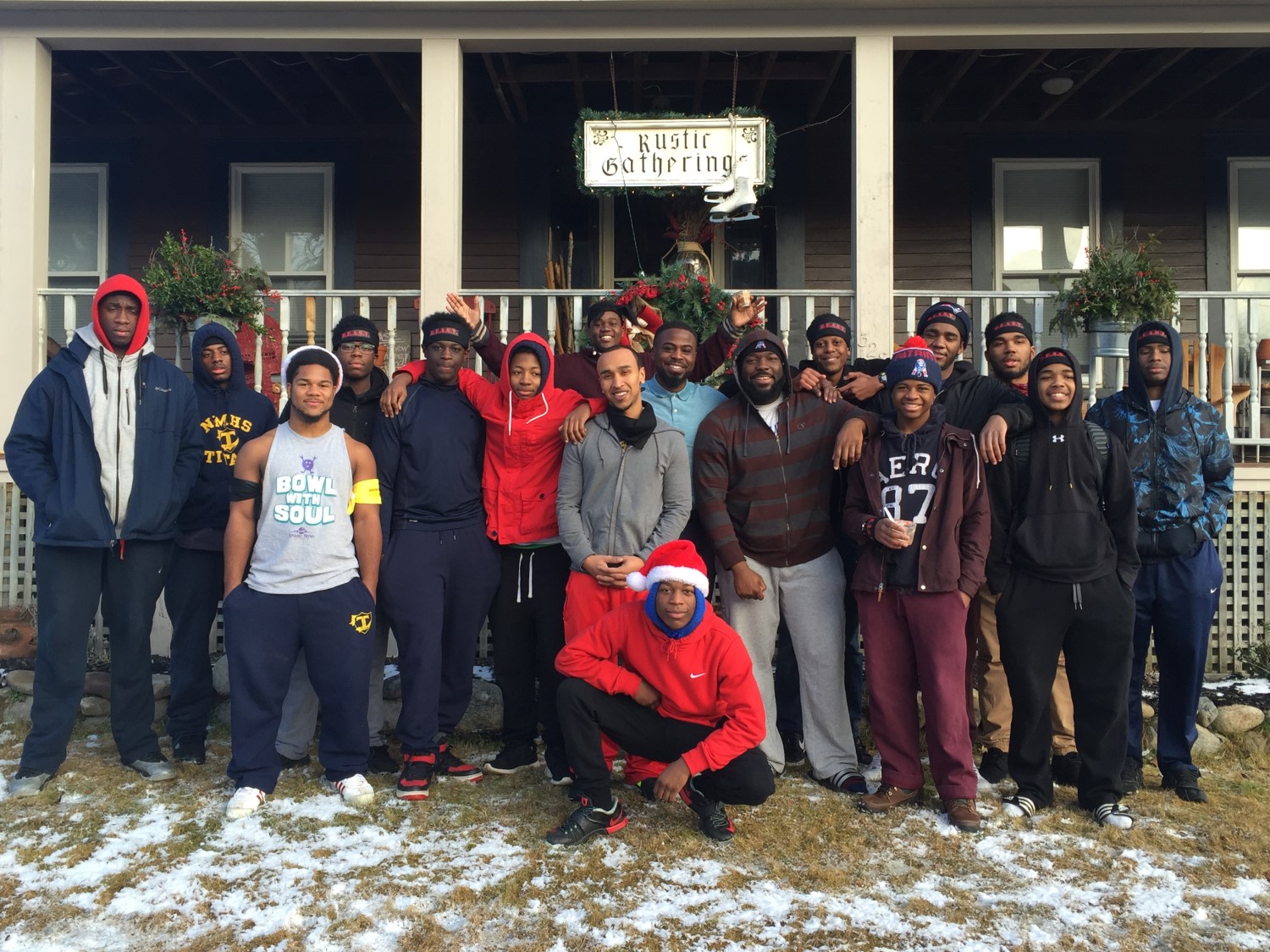Research & Insights / The Role of Critical Consciousness in Helping Students Dismantle Systems of Oppression
The Role of Critical Consciousness in Helping Students Dismantle Systems of Oppression

By Alison Stevens
Educators say schools can and should be teaching students how to see, name, and challenge oppression.
Turn on the TV or glance at your phone and you will inevitably see examples of the racial, religious, and gender oppression evident in the world each day. Such scenes of violence, hatred, and ignorance affect us all.
For school-aged children grappling with their own identities and learning about the norms of our society, these words and images can be particularly confusing and, worse, damaging to their outlook on the world and their place in it.
Too often, instead of offering guidance and discussing practical lessons for students to find their voices and challenge oppression, many schools choose to completely avoid topics of bias and oppression. And when teachers wish to address these issues in the classroom, they often feel unprepared to lead such discussions.
Before teachers can truly explore oppression and identify forms of resistance with their students, they must first explore it with each other. Some of Boston’s leading educators participating in [EdVestors’ School Solutions Seed Fund](http://www.edvestors.org/initiatives/school-solutions-seed-fund/) cohort identified the need for creating space where teachers, administrators, and nonprofit leaders could have important conversations about issues facing their students and learn ways to equip young people with the knowledge, skills, and mindsets to act against systems of inequality.
This year EdVestors brought together the Seed Fund cohort with other educators, academics, and nonprofit leaders to discuss the Critical Consciousness framework as a means of empowering students to stand up to oppression and hear from two Boston educators who are using the framework in their work with students.
Critical Consciousness In Theory
Dr. Aaliyah El-Amin, lecturer at the Harvard Graduate School of Education, discussed a three-pronged approach to teaching Critical Consciousness in schools:
1. Teach the language of inequality. The first step is to recognize inequality and injustice. By identifying forms of oppression with labels and language, it becomes more visible and students are able to challenge the constructs that created the inequality.
2. Create space to discuss and reflect in order to create a sense of efficacy. Helping students generate a belief that they can do something to stand up to oppression.
3. Educate students on how to take action. It is critical to help students to understand possible implications to different types of resistance and to think about resistance in strategic ways.
Critical Consciousness In the Classroom and Beyond
One example of teaching students about thoughtful, strategic resistance came from Codman Academy, a Seed Fund cohort member. At this school, Critical Consciousness is integrated strategically throughout the curriculum to show students historical and contemporary examples of resistance. Thabiti Brown, Codman Academy Charter Public School’s Head of School, discussed how through such instruction, the school can educate students on resistance in practice in ways that overcome oppression as a barrier to success and has positive long-term outcomes for individuals and communities. Specifically, Brown described how students who felt their majority minority neighborhood was being unfairly disparaged through a travel warning to international visitors were encouraged to think of ways to do something about it. The students identified all of the assets in the community and wrote a letter to the official that issued the warning detailing why the initial characterization was unfair and inaccurate and inviting the official to visit the neighborhood to see for themselves.
While it is important for schools to integrate Critical Consciousness into the school day curriculum, Jakyri Simpson, director of mentoring program for young men of color Young Man with a Plan, said it is vital for mentors operating outside the classroom to create safe spaces for students as well. This means space to talk about identity and oppression and learn about positive role models throughout history, from similar backgrounds, who can provide helpful examples of resistance. According to Simpson, offering spaces for students to meet weekly with mentors for structured conversations around race, culture, identity, while receiving academic support and future planning guidance, can give them the support they need to be successful and realize their goals.
Educators recognize that bringing a Critical Consciousness lens to their work can ensure students recognize that oppression is a constructed by people, can be changed and they can be a part of making that change. Candid conversations among adults and with students drive home the message that we are all responsible for acknowledging oppression and creating change. And most importantly, it offers a safe space for students, educators, and mentors to have conversations that help prepare students to shape the society we strive to live in tomorrow.
Alison Stevens is the Senior Director of School-Based Investments at EdVestors.



